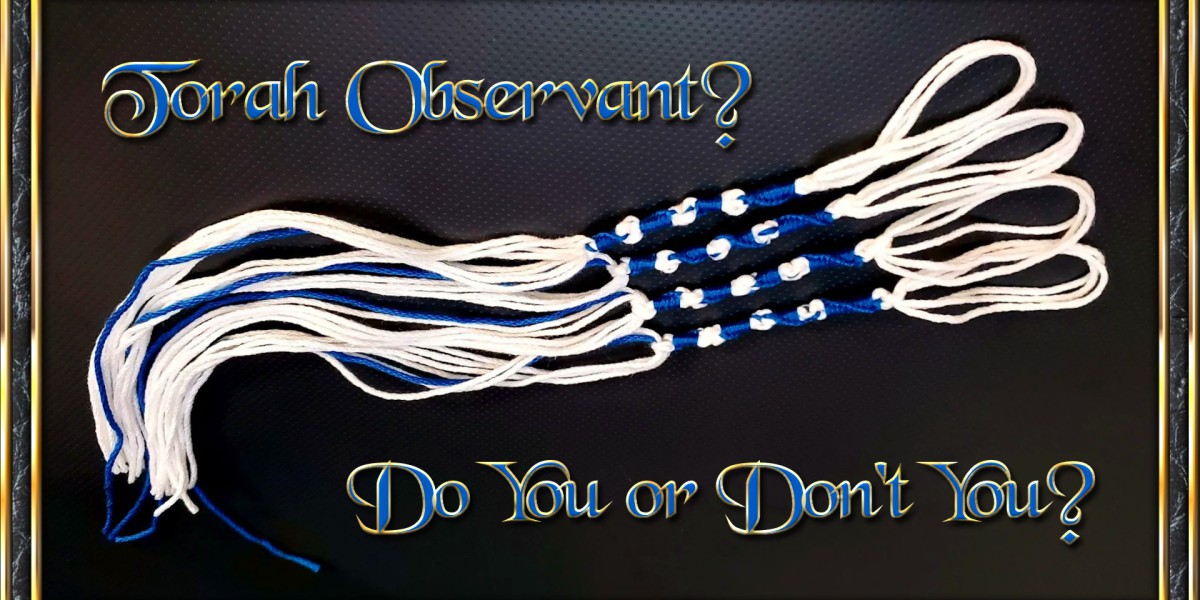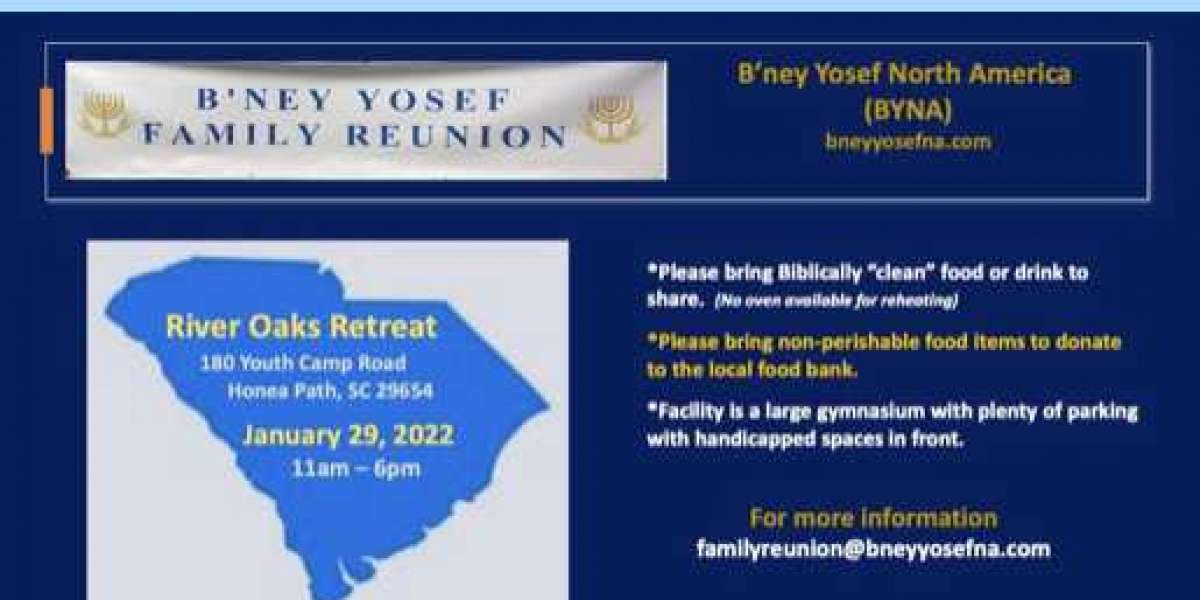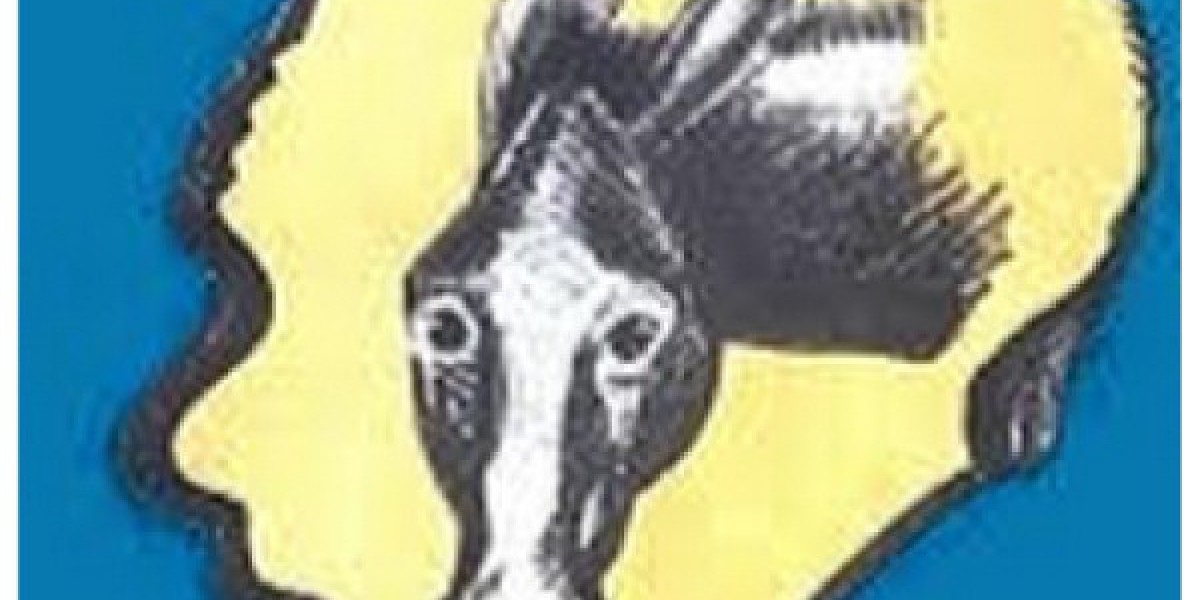Much has been written on the subject of scriptural tassels - "tzitzith," which the Torah commands all obedient sons of the Most High should affix to the corners of their garments. This is just another article on that subject. But, many of our readers are still ignorant and untaught about tzitzith, and we still receive many letters asking questions about them. And so, in this issue of Freedom's Call the articles are for those people, the ones who do not yet know, in hopes they will learn and begin to obey this very special commandment of YHWH.
In the book of Bemidbar, the Torah says: "And YHWH spoke to Moshe, saying, 'Speak a word to the children of Yisrael, and you shall say to them to make tzitzith on the corners of their garments throughout their generations, and to put a blue cord in the tzitzith of the corners. And it shall be to you for a titzith, and you shall look upon it, and shall remember all the commands of YHWH and shall do them, and not search after your own heart and your own eyes after which you used to go whoring, so that you remember, and shall do all My commands, and be Qedoshym unto your Elohym. I am YHWH your Elohym, who brought you out of the land of Mitzrayim, to be your Elohym. I am YHWH your Elohym."
The first thing to be noticed about this command is that it is given in very strong terms. It does not only use the more common Hebrew term, "amarta" - say unto them, but also another more emphatic term, "dabeir" - speak a word to them. The implication is that this is a serious commandment meant to be taken seriously. It is not a suggestion or optional.
The command is given to a specific people, the "b'ney Yisrael" - the sons of Yisrael. These are the people who are in a set-apart covenant relationship with YHWH, Creator of heaven and earth - they who will inherit His kingdom and promises. Indeed, they are the ones who will inherit the new covenant spoken of in the books of Yirmeyahu and Ivrym, and the wearing of tzitzith are one of the signs that set them apart from the rest of humanity under that covenant.
This passage in Bemidbar instructs that the tzitzith should be "made" on the corners of garments. The word used here is a form of "asah," which translates as "make," or "perform," and seems to indicate the wearers of tzitzith should make or attach the tassels to the garment themselves personally, and not by the hand of another. In the book of Devarym, this command is restated with the added words "arba kanfoth" - four corners, meaning that it is specifically upon a four-cornered garment that tzitzith should be made. Implied in the wording is that the tzitzith should be permanently made an actual part of the garment, and not in such a way that they can be easily removed. Also, in that passage the tassels are not called tzitzith, but "G'diliym," which is translated as "twisted threads." Scripture plainly states that the command is a permanent and far-reaching one, to be kept "throughout your generations" - that is, perpetually.
Among the threads of tzitzith, the commandment states that at least one thread should be of the color "tekeileth" - a certain shade of blue. In ancient times this color was most often derived from a glandular fluid of the Murex Trunculus, a sea snail known to the ancient sages by the name "chilazon." The hue is described in early manuscripts as being the color of the sea, which is the color of the sky, which is the color of the throne of the Most High. It is also the same color as the sacred garments of the Koheyn Gadol - the high priest, and affords to each of the b'ney Yisrael a tiny thread of the priesthood, to fulfill what is written, "You are a kingdom of priests, and a set-apart nation." No tassel is a true scriptural tzitzith without a thread of blue in it.
The commandment states that, "You shall look upon it and remember all the commands of YHWH and do them." This is an interesting statement, especially in the Hebrew. The ancient sages inferred from the Hebrew syntax of this sentence that the "it" to be looked upon must be the blue thread within the tassel, not simply the tassel as a whole. The blue thread itself which is a reminder of the priesthood is called the "shamash" - the servant string, that binds all the rest of the tassel together and surrounds it. This notion of a servant-priest is evocative of our Messiah, who in words and actions showed himself to be our ultimate Koheyn Gadol, and yet admittedly also the servant of us all and our example of humble service. The remaining white threads are, in some Chassidic thought, representative of the "Qedoshym" - the set-apart and righteous remnant of Yisrael who will belong to Messiah at his coming, and are prophesied to be dressed in fine white linen. One thing further that should be mentioned concerning the "p'tiyl tekeileth" - thread of blue, is that the word "it," describing precisely what the b'ney Yisrael should look upon, is actually the Hebrew word "oto," which is more accurately translated as "him." They are to look upon him and remember all the commandments of YHWH and do them.
Obeying the commandment of YHWH and having tzitzith on all four corners of a garment causes a person to be confronted with remembrance of His Way and His Word no matter in which direction of the compass that person turns, and is akin to the western tradition of tying a string around one's finger so as not to forget something. But along with this reminder the passage also brings with it an implicit warning that all honest children of YHWH must accede to: "and that you go not after your own heart and your own eyes, after which ye used to go whoring." Yirmeyahu says the human heart is wicked above all things, and the lust of the eyes is a repetitive cause and theme for sin throughout the scriptures. No one on earth is exempt from the trials and temptations of these, and "all have sinned," according to the word of YHWH. The heart is not to be trusted and the eyes must be brought into submission in order that the intent and purpose of the command of tzitzith be fulfilled. It is our opinion that a mature member of Yisrael who wears tzitzith while willingly refusing to do the commands of YHWH, or while deliberately remaining ignorant of them, commits sin and is a mockery of the Most High and His Torah.
But reminding the b'ney Yisrael to wear tzitzith, so as to remember and do all 613 Torah commands, and to remind them of their sinful inclinations, is only one half of the purpose of the commandment of tzitzith. The other half of its purpose is stated at the end of the passage, and says: Vihyiytem Qedoshym Leiloheykem - "and you shall be *Qedoshym (set-apart ones, a.k.a. saints) to your Elohym." The keeping of this most important command is ultimately intended to lead those who truly belong to YHWH, and to His son our Messiah, into remaining qadosh - set-apart from the rest of the world and reserved for the exclusive use of the Most High in fulfilling His plans and prophecy, both in heaven and on earth.
Finally at the end of the passage, the authority is given for the keeping of the command of tzitzith, and it is clear and simple: "Ani YHWH Elo'heykem" - I am YHWH your Mighty One." No other authority is necessary. Because YHWH says it must be done is more than enough.






